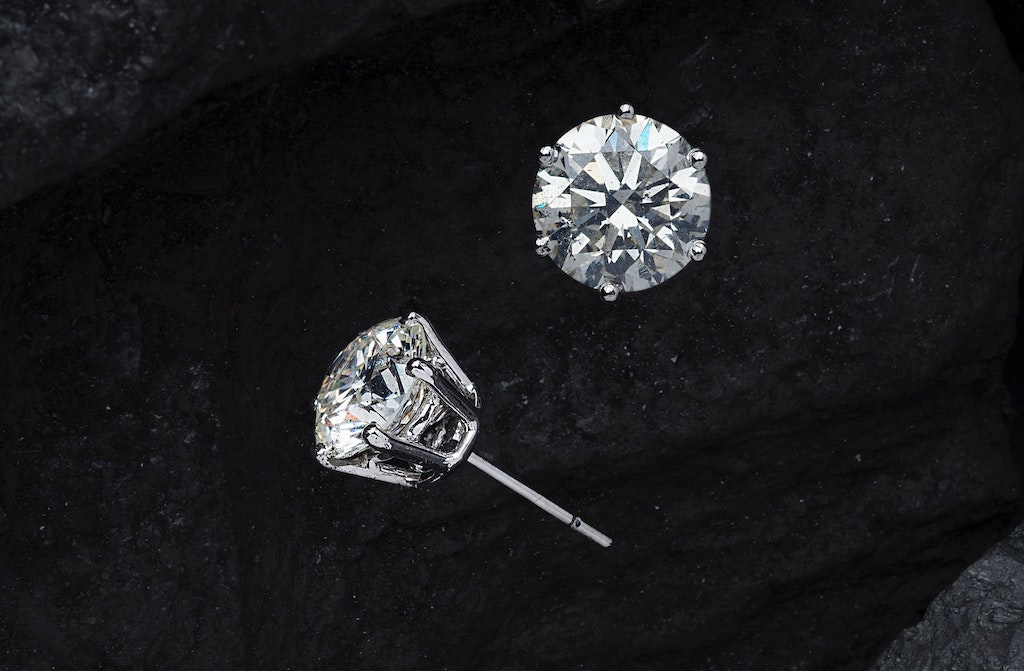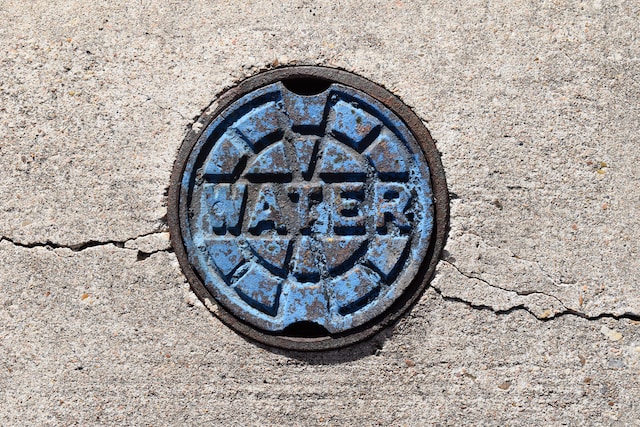Home insurance covers your new investment—as well as your belongings—in an emergency or peril. These emergencies can include fires, water damage, theft, and more. Many people want to know if home insurance covers jewelry.
Jewelry is one of the valuable belongings usually covered under a home insurance policy. Still, many people find homeowners insurance jewelry coverage lacking, as it comes with low caps and deductibles that often don’t cover the more high-value jewelry. You can pursue options for better coverage, both in terms of value and when it comes to unfortunate situations resulting in the loss or damage of your valuables. Whether you have new jewelry to commemorate a special occasion or inherited a priceless family heirloom, you’ll need to know the ins and outs of getting your jewelry insured.
Does home insurance cover jewelry?
The good news is that home insurance generally does cover jewelry, but the extent of this coverage has its limitations. Under standard home insurance, jewelry is covered for events listed in your policy, such as theft, fire, and certain types of water damage. This is where the policy’s limitations become important. The insurance company will only pay up to a certain amount to replace your stolen or damaged jewelry. This limit may be significantly less than the total coverage for all personal property. A policy might limit reimbursement for jewelry loss to $1,500, even if your overall personal property limit is $50,000.
How to increase your jewelry coverage on your home insurance
For better coverage on your most valuable possessions, consider purchasing an additional add-on for your insurance policy, often called a policy endorsement, rider, or floater. This is “scheduled personal property” coverage. The cost depends on several factors, such as the worth of your valuables and where you live.
This scheduled personal property endorsement (a rider or floater) takes a specific value and insures it separately from your other personal belongings. If you own a $10,000 watch, you’re now insured for that amount. An added benefit to rider coverage is that the watch is covered under more circumstances, such as accidental loss.
To schedule an item, you’ll usually need to provide a recent receipt or appraisal to prove its value. It’s also a good idea to take photos of your jewelry and store them in a safe place. This documentation can be helpful if you ever need to make a claim.
You also have the option to buy a separate insurance policy for your jewelry on its own. This is called jewelry protection insurance, and unlike a rider, it may require you to pay a deductible to make a claim. One benefit to this separate insurance is that if something happens to your valuables, you don’t have to claim against your home insurance to replace them.
So, does homeowners insurance cover jewelry? It does, but only to a certain limit. If you determine that your jewelry is more valuable than this limit provides for, your next step is to get your pieces appraised. This provides outside documentation that outlines the item’s inherent value. If the worst happens and you need to make a claim, you’ll have all the coverage and information your insurance agent needs.




